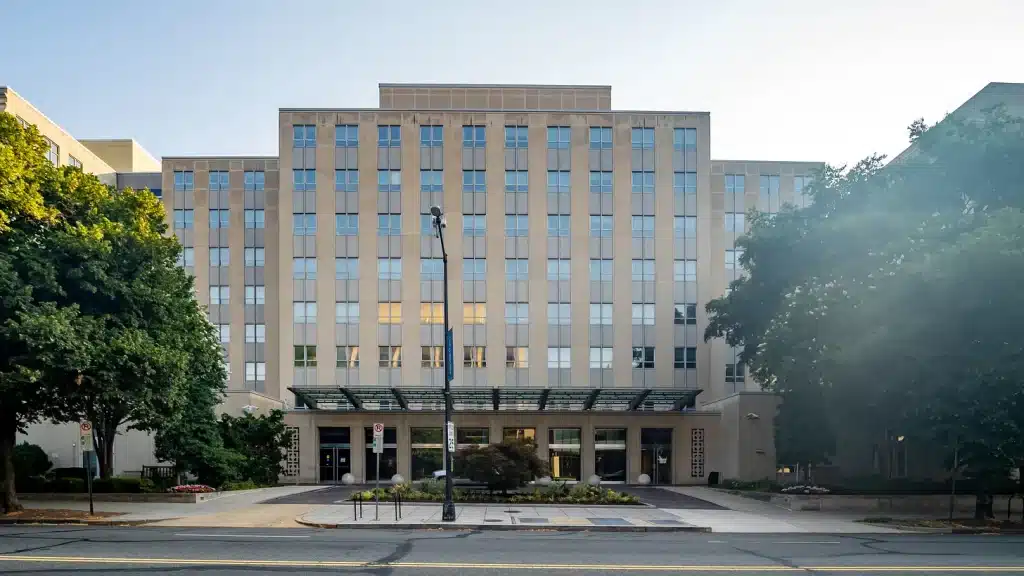Back To Normalcy: United States and Japan Under Obama
America under the Obama Doctrine, of which Jeffery Goldberg has given a clear picture, appears to the Japanese as a world seen through the looking glass. Both America and Japan, the staunch allies straddling the Pacific Ocean, are simultaneously trying to be “normal countries” but from totally opposite directions.
With the United States weighed down by the heavy burden of two quagmire wars, followed by a once-in-a-century financial crisis, it is sort of natural for President Barak Obama to decide to drop the “American exceptionalism” that obliged it to be a policeman of the world. Since the end of the Cold War, the United States has tended to recoil from that role despite recurring demands to resume it. That was what it was like throughout the 1990s, yet the September 11 attacks reversed that trend and again brought back America as a guardian of the free world “in search of monsters to destroy.”
The 1990s started with a call of “back to normalcy” after the Cold War, just as in 1920s after the First World War. President Obama seemed to pick up this tradition after it was interrupted by the terror attacks. However, the backdrop is very different now. U.S. power was exhausted and in relative decline compared to the time of its dazzling rise (the 1920s) or at the monopolar top (the 1990s). It was put in a situation rather like that in the 1930s.
What has the situation been in Japan? Its post-Cold-War goal has been to become “normal” in a manner totally different from Obama’s America. There has been what might be called “Japanese exceptionalism,” which the nation half-heartedly embraced throughout the postwar period. It is Japan’s pacifism based on Article 9 of the Constitution imposed by the allied occupational forces. The article reads as though Japan renounced not just militarism but anything of a military nature entirely. Still Japan took full advantage of this situation (jujitsu?), and by 1990 she became a towering economic giant with minimal spending on self-defense.
The 1991 Gulf War, which marked the start of post-Cold War uncertainty and insecurity, shocked Japan especially, when it found out it could do little but sign a paycheck for the U.N.-sanctioned Kuwait liberation war. Starting with dispatching a minesweeping fleet to the Gulf after the war, Japan has been moving up, step by step, toward becoming a “normal country” throughout the 1990s and continuously thereafter.
While Obama, despite criticism from the right, has been striving to disengage the United States from its over-commitment to international security, Prime Minister Shinzo Abe, more vigorously than his predecessors such as Junichiro Koizumi, has been trying to engage Japan more actively in the alliance and international security matters. He would not condone Japan’s under-commitment despite criticism from Japan’s left.
Although Goldberg’s essay is obsessively focused on the Syrian episode, an equally pivotal drama is going on in the Western Pacific as China rises dramatically not only as an economic power but also as a military one. China’s military budget has quadrupled over the past decade, and its “carrier-killer” missiles under development could soon deny access to U.S. aircraft carrier strike groups in the Western Pacific.
The Obama Doctrine of “back to normalcy” developed against a backdrop in which Japan and other smaller countries in the vicinity of an overbearing China cannot help but feel nervous and begin to reposition themselves. Tokyo’s major concern is Beijing’s assertive moves in the East China Sea; countries friendly to Japan and the United States in Southeast Asia have serious worries over similar Chinese moves in the South China Sea. Tokyo has been redeploying its Self-Defense Forces to assume a posture of “dynamic defense” focused on the Ryukyu (Okinawa) Island chain. The most vulnerable are the Senkaku Islands, claimed both by Japan and China but administered by Japan.
As part of his efforts to make Japan “normal” under such circumstances, Abe has visited more than sixty countries and conducted some 400 meetings with foreign leaders over the past three years, while Obama made 45 foreign trips, visiting some fifty countries over the past seven years in his “back to normalcy” policy. Obama’s pace is roughly one third of Abe’s.
What we miss from Goldberg’s splendid essay is the episode of Obama’s cancellation of Asian trips in the fall of 2013 for the Asia Pacific Economic Cooperation and other regional summit meetings just after the Syrian “redline” fiasco, and how these skipped trips not only disappointed but also highly alarmed U.S. allies and friends in Asia. This episode was in their eyes a disparagement even of the “pivot to Asia,” which, as the Goldberg essay indicates, Obama regards as key to America’s future.
On the other hand, for the Japanese, there was another issue at hand. Their grave concern was that, despite the public statements by Secretary of State John Kerry and then Secretary of Defense Chuck Hagel, Obama had never clearly said that the Senkaku Islands fall under Article 5 of U.S.-Japan Security Treaty. The article stipulates, just as does Article 5 of the North Atlantic Treaty, America’s commitment to defend Japan. Abe knew in his “normalization” efforts that Japan should further beef up its defense cooperation with the United States because the treaty, written more than fifty years ago, limited defense reciprocity obligations on the Japanese side.
Fully aware of the worries about China by Japan and other allies in Asia, Obama made a trip in the spring of 2014 to make up for the one he cancelled in the previous fall. On April 24, after his meeting with Abe in Tokyo, his first stop on the trip, Obama clearly stated at a joint press conference: “Let me reiterate that our treaty commitment to Japan’s security is absolute, and Article 5 covers all territories under Japan’s administration, including the Senkaku Islands.”








